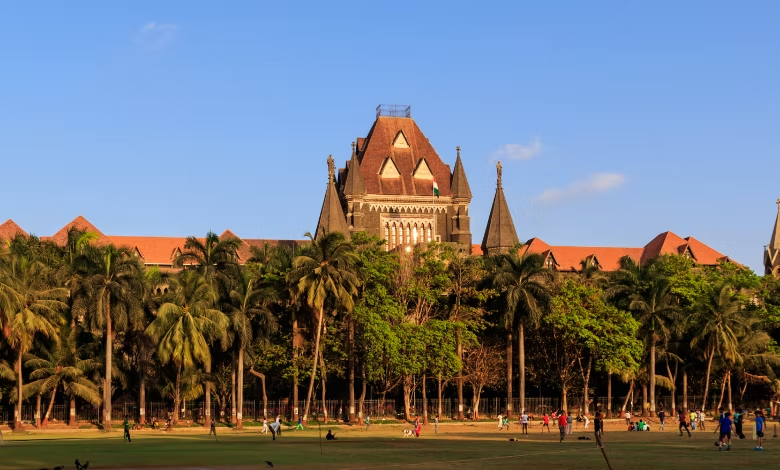Bombay High Court Mandates Eviction of Tardeo Tower’s Upper Floors Over Safety Violations

In a stern ruling, the Bombay High Court has ordered residents of the 17th to 34th floors of Wellingdon Heights, a 34-storey building in Tardeo, to vacate their apartments within two weeks due to significant safety violations. The court, presided over by Justices Girish Kulkarni and Arif Doctor, refused to stay the order, highlighting that these upper floors have been occupied illegally since 2011 without an Occupation Certificate (OC) or a Fire No Objection Certificate (NOC). The detailed ruling, issued on July 15, was released late Saturday night.
The bench described the situation as “a glaring case of misuse of the legal process to protect illegalities,” emphasizing that granting relief would contravene legal provisions and jeopardize human safety. The court noted that the building, developed by M/s Satellite Holdings, holds an OC only up to the 16th floor, rendering the upper floors’ occupation unlawful.
ALSO READ : Mumbai Faces Intensified Rainfall and Strong Winds This Week, IMD Warns
Senior advocate Dinyar Madon, representing the housing society, requested a one-year grace period for residents to remain in their flats while addressing the violations outlined in notices from the Brihanmumbai Municipal Corporation (BMC). The court rejected this plea, calling it “audacious” and warning that allowing such a request would foster “a regime of total lawlessness.” The justices stressed that the violations were committed by “persons who are not poor or illiterate, but who belong to the elite class of society,” with the resources to delay enforcement through prolonged litigation.
While the upper floors face immediate eviction, the court will hear arguments on July 29 regarding the first 16 floors, which have a partial OC but lack a Fire NOC. The BMC has been instructed to refrain from demolition actions on these lower floors until the hearing. The court dismissed appeals for leniency on humanitarian grounds, asserting that the flat owners, described as “a selfish lot,” knowingly violated building regulations, posing risks to themselves and others.




